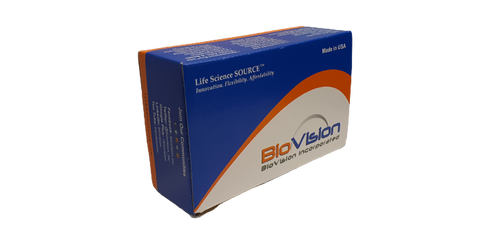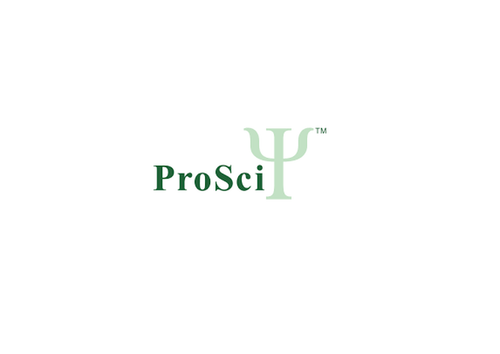Product Description
Lck (p56lck) is a member of the src family of non-receptor tyrosine kinases. It was identified as a gene rearranged and overexpressed in the murine lymphoma LSTRA, most likely as a result of the insertion of Moloney murine leukemia virus DNA immediately adjacent to the gene. Lck behaves as a proto-oncogene and can lead to cell transformation upon activation. A number of human cancer cell lines show overexpression of Lck, pointing to a possible role for this kinase in the initiation and maintenance of the transformed state in human cancers. Colon cancers and T-cell leukemias frequently show defective regulation of Lck expression and activity.Inappropriate T cell activation and proliferation have been identified as an early event in auto-immune disease. Lck plays a prominent role in T-cell development, activation, proliferation and survival. Lck is coupled to both the CD4 and CD8 antigens (which serve as receptors for nonpolymorphic regions of products of the major histocompatibility complex and have been implicated in the regulation of T-cell growth) in T-cells and phosphorylates CD3. Lck phosphorylates many cellular protein substrates as a result of T-cell receptor signaling cascade. This includes phosphorylation of proteins such as Ras GTPase-activating protein (RasGAP) and two RasGAP-associated proteins, p56(dok) and p62(dok).
Biovision | 7733 | Lck Active DataSheet
Biomolecule/Target: N/A
Synonyms: Lck (or leukocyte-specific protein tyrosine kinase)
Alternates names: Lck (or leukocyte-specific protein tyrosine kinase), Leukocyte C-terminal Src kinase, Short name=LSK, Lymphocyte cell-specific protein-tyrosine kinase, Protein YT16, Proto-oncogene Lck, T cell-specific protein-tyrosine kinase, p56-LCK
Taglines: Phosphorylates tyrosine residues of certain proteins
NCBI Gene ID #: 20306
NCBI Gene Symbol: MCP3
Gene Source: N/A
Accession #: Q03366
Recombinant: Yes
Source: Baculovirus (Sf9 insect cells)
Purity by SDS-PAGEs: 99%
Assay: SDS-PAGE
Purity: N/A
Assay #2: HPLC
Endotoxin Level: N/A
Activity (Specifications/test method): 239 nmol phosphate incorporated into MBP per minute per mg protein at 30°C for 15 minutes using a final concentration of 50 µM ATP (0.83 mCi/assay).
Biological activity: The biological activity of murine MCP-3 was determined by a chemotaxis assay using Balb/C mouse spleen MNCs using a concentration range of 10-100 ng/ml.
Results: N/A
Binding Capacity: N/A
Unit Definition: N/A
Molecular Weight: 84.0 kDa
Concentration: 5µg/50 µl
Appearance: Liquid
Physical form description: Recombinant protein in storage buffer (50 mM Tris-HCl, pH 7.5, 150 mM NaCl, 0.25 mM DTT, 0.1 mM EGTA, 0.1 mM EDTA, 0.1 mM PMSF, 30% glycerol).
Reconstitution Instructions: Reconstitute in HO to a concentration of 0.1-1 mg/ml. This solution can then be diluted into other aqueous buffers or stored at 4°C for 1 week or 20°C for future use.
Amino acid sequence: N/A
 Euro
Euro
 USD
USD
 British Pound
British Pound
 NULL
NULL












